
Europe’s Small Satellite Industry
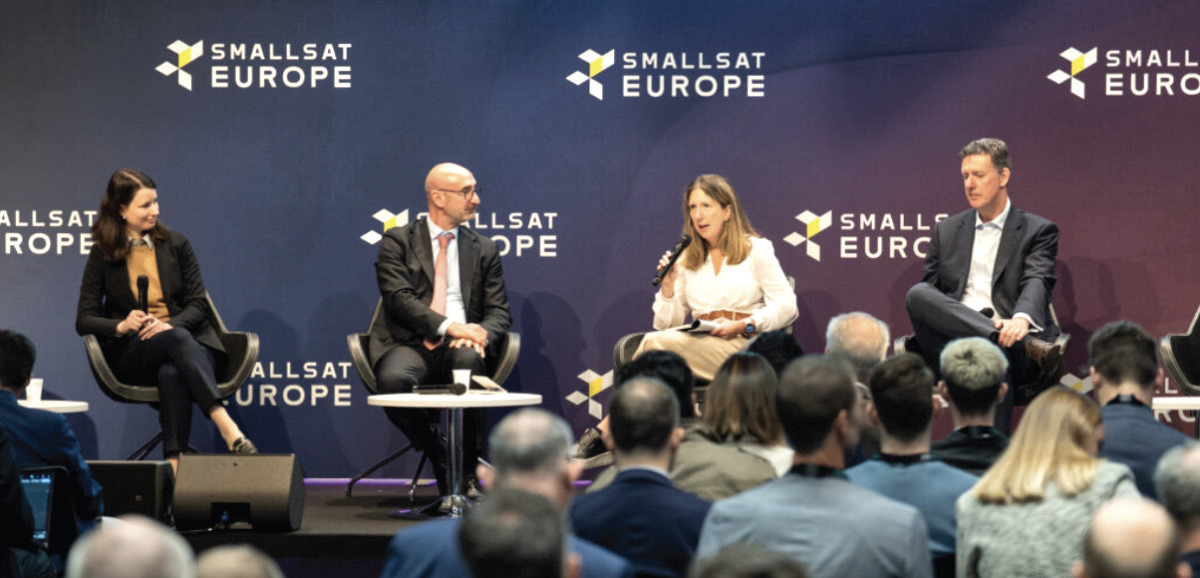
Chris Quilty (Co-CEO & President, Quilty Space) moderated and asked the panel what was the state of the industry in Europe.
Dr. Marco Molina, (Managing Director, SITAEL) said “federation” was his keyword for Europe and the mix of private cash and new private investment was making a real difference.
Alizee Acket-Goemaere (Manager, McKinsey & Co.) said her key word for European activity was not federation but “fragmented.”
Úna Stanniland (Director UK Operations, Stellar Solutions Aerospace Ltd.) said that Europe was well advanced and she predicted that more demand would be coming Europe’s way and more risk-taking was needed.
Stewart Marsh (Head of Aerospace, Cambridge Consultants) agreed that merger activity was happening and end-users were ready to take risks.
Read more...
Market Brief: Europe Must Make IRIS2 A Success
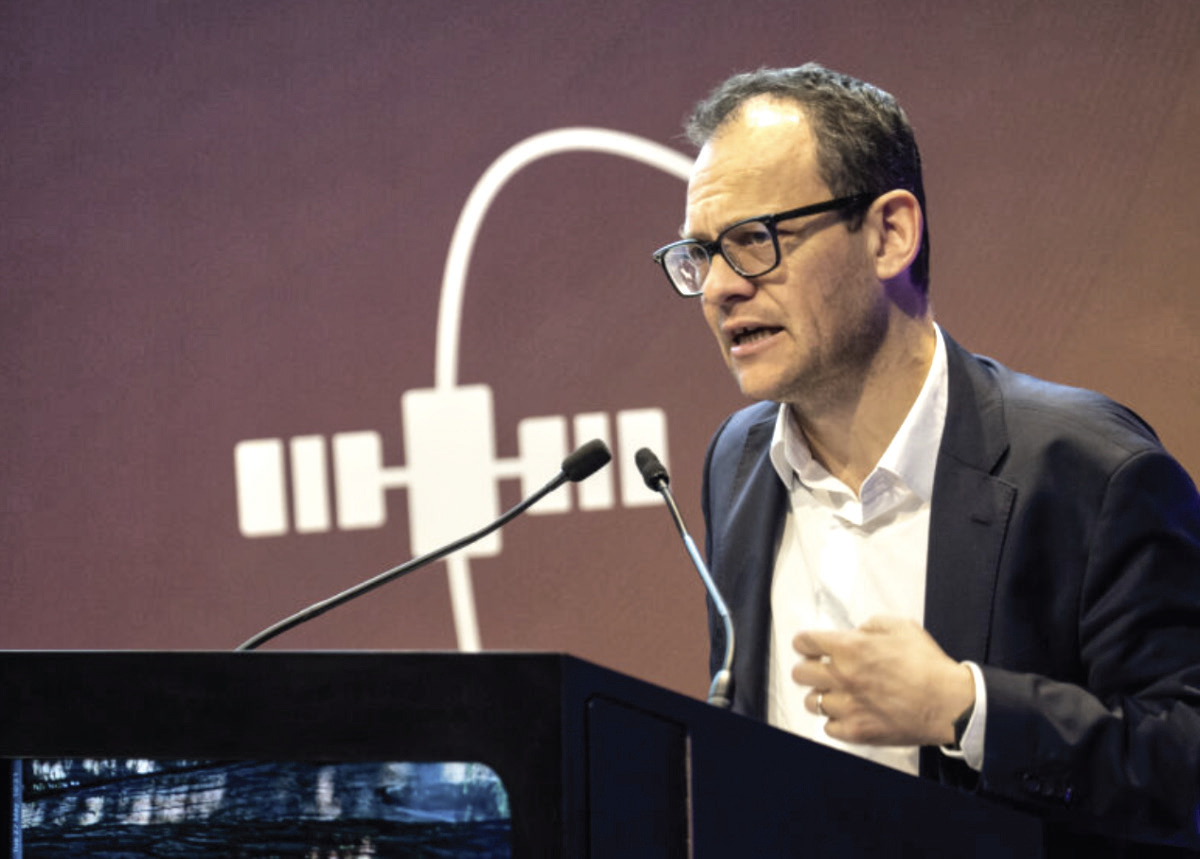
Stéphane Israël, now a Partner at Boston Consulting Group, but well known from his time helming Arianespace, was at the event to carry the flag for the European IRIS2 mega-project worth at least €10 billion. He explained the involvement of the key partners in the SpaceRISE consortium (SES, Eutelsat, Hispasat) and how Europe’s smaller players could play a part in the overall project. He indicated that the first launch was scheduled for 2029, with full deployment by 2032.
Israël explained that the cost of launch had tumbled over the past few years and was now getting close to $6 per kilo. However, he added, the world’s satellite activity was “dominated” by SpaceX and Starlink.
He stressed that Europe was seeking an independent solution and capacity to differentiate itself from Starlink. This also applied to military capacity and services and that the conflict in the Ukraine revealed how EU-Readiness was very much needed, and that IRIS2 would ceertanly be an important part of the overall package.
He extolled the virtues of his old employer, Arianespace, and the merits of its new Ariane 6 rocket.
He admitted that challenges remained for IRIS2 and the interfaces between the various members of the consortium, its satellite fleets, and the costs involved. He said that there could be a financing gap of close to €1 billion and the related benefits of revenues over the 12-years of the concession.
A major challenge was readiness and there is an undoubted willingness from the consortium to meet the deadlines, although it is far from certain today that all would be ready by 2029.
He also explained that both Italy and Germany might still be working on their own satellite projects, and thus, questions remained how these independent projects would be aligned with IRIS2.
European Space Sovereignty and Autonomy
Dr. Marco Villa (Founding Partner, Ceresio Consulting) moderated this key panel at the SmallSat Europe event at Amsterdam’s RAI Convention Center. He posed the question: Does Europe need independence in space?
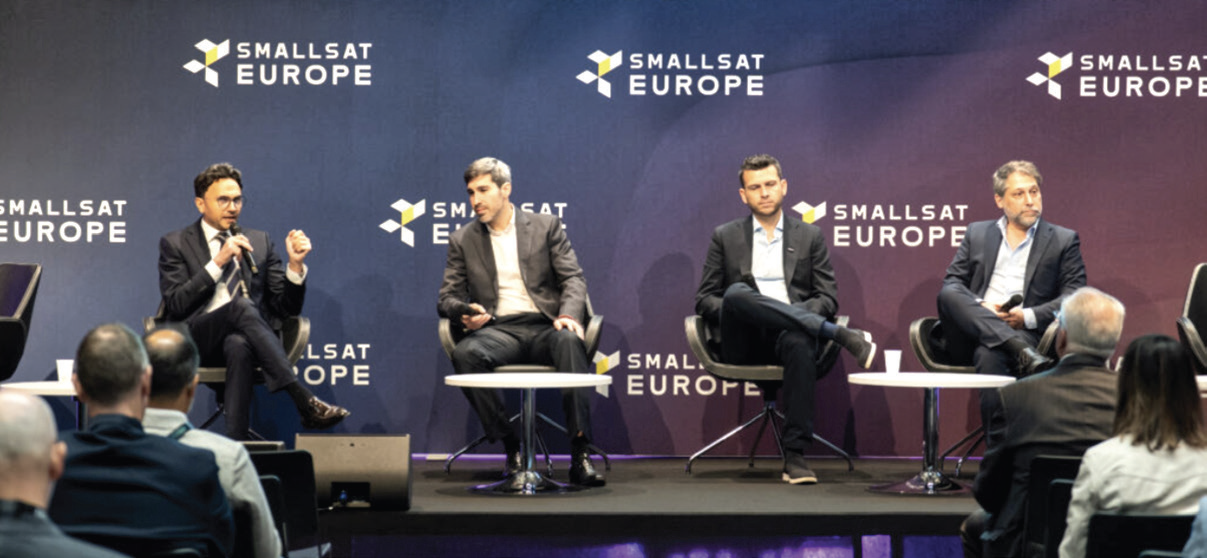
Ian Carnelli (Head of the Systems Dept., European Space Agency) said the answer was a loud ‘Yes,’ but the challenge would be bringing [space] Agencies together.
Sergio Encabo (BeNELux & North Europe Director, Integrasys) said his company was already working hard—when firms came together, they were powerful.
Fabio Angellotti (Space Segment Leader, European Union Agency for the Space Program (EUSPA)) said his answer was also ‘Yes’ but more investment was needed into Europe’s SME business, and the war in Ukraine was a demonstration of this need.
Joost Elstak (VP/Missions, ICEYE) also agreed with a ‘Yes’ response, but everyone was now so dependent on space-based technology that it was inevitability clear that Europe needed independence and IRIS2 was needed.
Read more...
Finding the Next Niche for SmallSats
Miguel Valero (Managing Director, Space Strategies LLC) moderated this session at the SmallSat Europe event in Amsterdam.
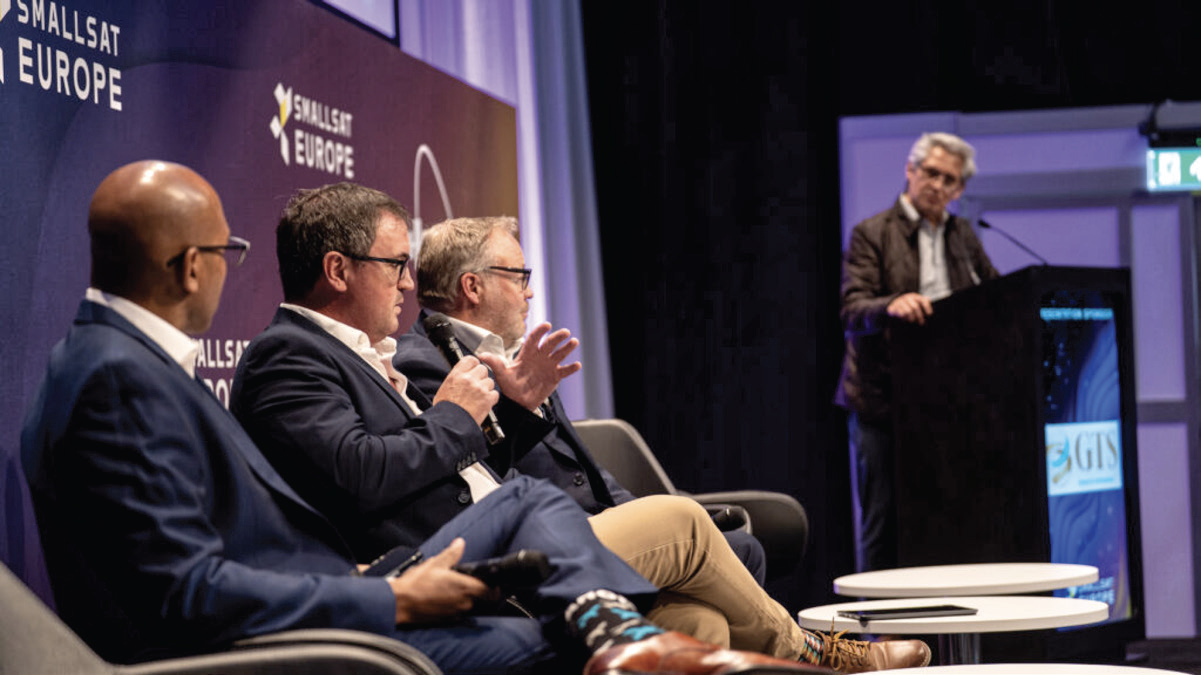
Richard Adams (Sales Director, Bright Ascension). Based in Edinburgh, Scotland, Bright Ascension supplies Mission Control software and Flight software and has been involved in more than 50 space missions to date.
He said that the enquiries that come to his firm tend to be focused on Earth Observation (EO), including famine, disaster and climate change.
He also flagged the choices that must be made when considering partnerships with other companies.
Also participating in this panel were Thys Cronje (CCO, Simera Sense) who discussed optical and EO activity.
Stephen McCall (Founding Partner, Cislunar International) who talked about the U.S. Golden Dome project.
Read more...
M&A Activity in European Markets
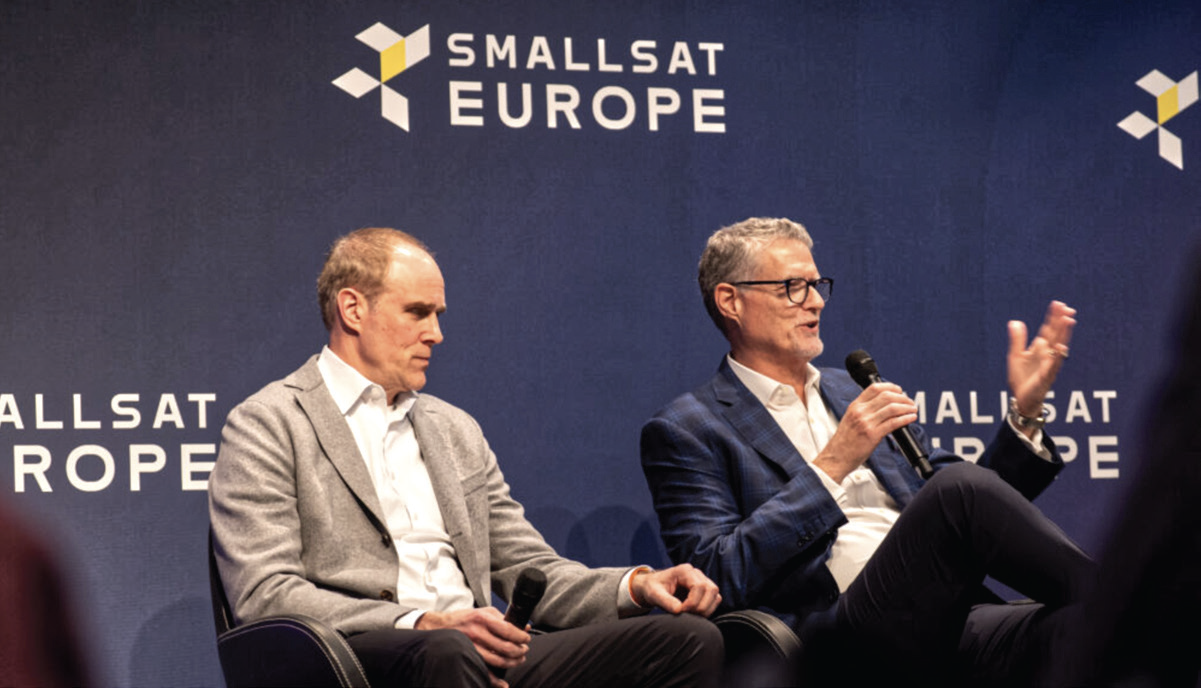
Alexis Sainz (Partner, Hogan Lovells) moderated this SmallSat Europe session, which examined the current patterns in M&A activity in Europe and whether changes in the U.S. would impact European activity.
Karl Schmidt (Managing Director, KippsDeSanto & Co.) explained that some 800 deals had been processed over the previous couple of years of which just 140 had ‘space’ in the deal
John Lusk (CEO, Spire Maritime) told delegates that commercial activity when combined with potential valuable IP in their portfolios could be attractive.
Francois Chopard (CEO, Starburst Ventures) said space activity in Europe is really led by government activity and that the ESA-backed IRIS2 project was a case in point.
Swarnajyoti Mukherjee (Commercialization Officer, Dir. Commercialisation, Industry & Competitiveness European Space Agency – ESA) said that ESA is looking beyond and that R&D funding would increase and also touched on the IRIS2 project. Read more...
Ground Stations: Owned, or Rent Capacity?
Noel Rimalovski (Managing Director, GH Partners) moderated this key panel at the SmallSat Europe conference. With his panel, he examined the role of Ground Segment and the position of standards and innovation in the sector. He opened by saying that once it was geostationary operators who tended to have their own dedicated systems.
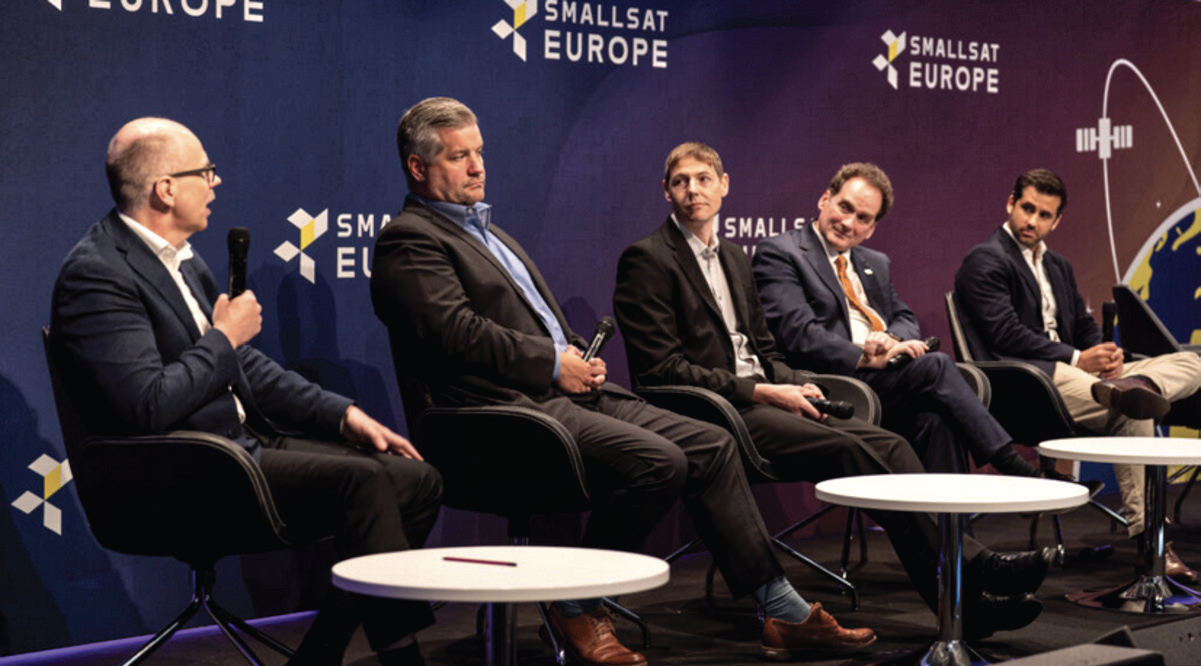
Harek Gamst (Director Sales and Marketing, Kongsberg Defence & Aerospace AS). In some cases, he said, politics sometimes comes into play in regard to the operating ground system and whether owned privately or by government.
Ryan Conroy (VP of Business Development, Elve Speed). Conroy said that the recent ‘tariff’ problems from the Oval Office had not impacted business.
Paul Gouws (CTO, ETL Systems Ltd). He said the growth drivers were the demand for data, and his firm anticipated new entrants using new Q- and V-bands. IRIS2 is also on his radar.
Fireside Chat with Sir Peter Beck
Sir Peter Beck, fresh from wrapping the purchase of Geost (for $275 million) addressed the SmallSat Europe event in Amsterdam. Rocket Lab was still in the process of buying laser optical specialists Mynaric and said he was bullish on European prospects.
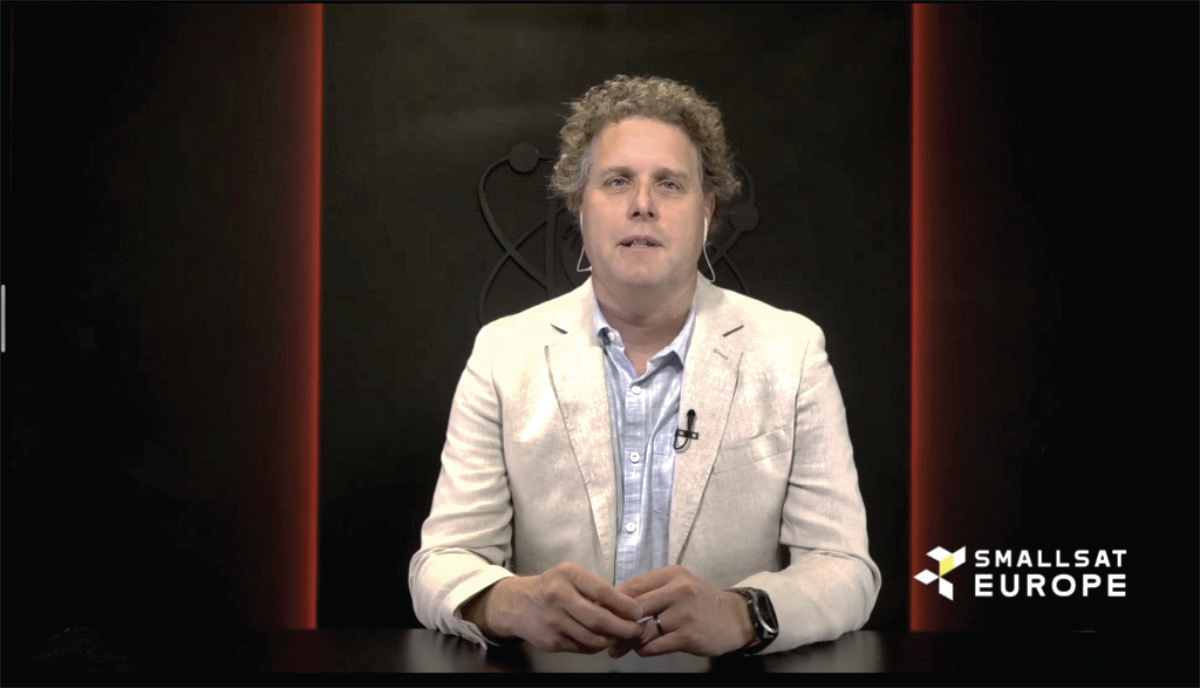
Europe, he said, had tended to be dominated by government and not commercial space enterprises. That had changed in the U.S. and he’d like to see Europe go the same way.
He talked about rocket reusability, saying that anyone not developing reusable rocket systems then their product would be deviant. There would be exceptions, but in a pure commercial sense, hi-cadence reusability was crucial in order to be competitive.
Rocket Lab enjoys a 50/50 split between government and commercial, but commercial clients also have government businesses so the split is probably 70/30 in favor of government. The company plays in all market aspects. Read more...

